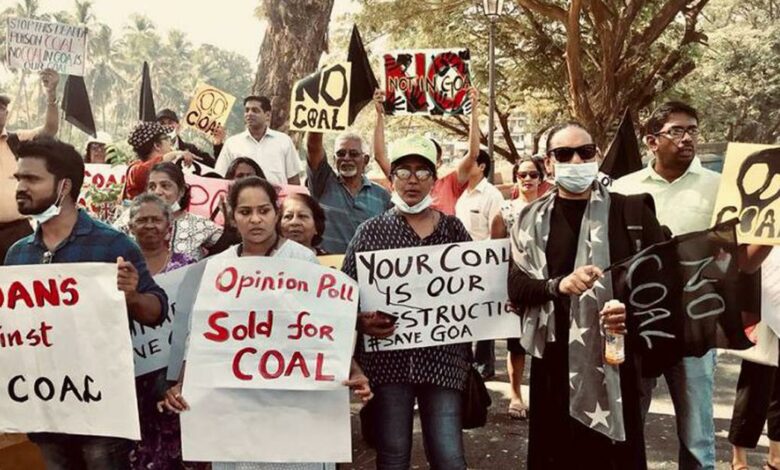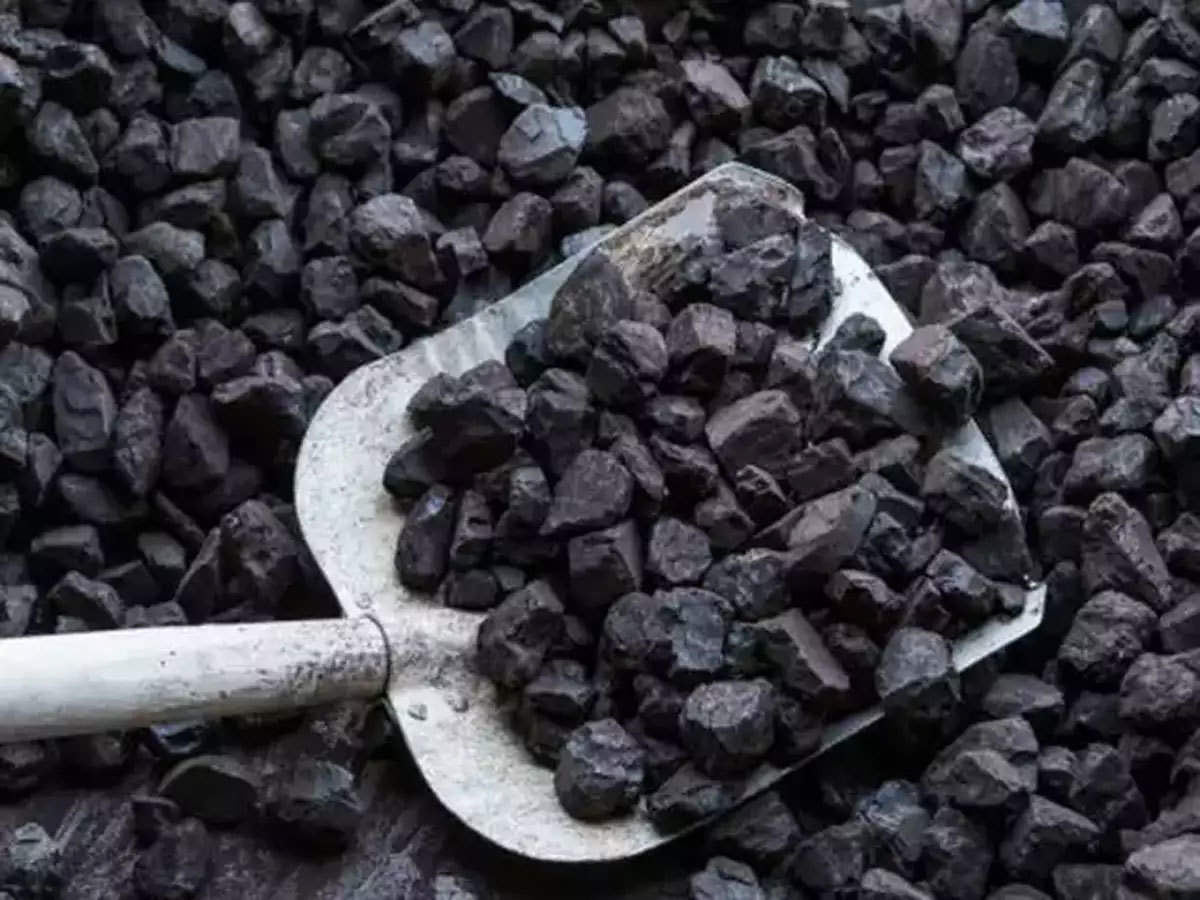Conserve Indian Biodiversity Against Coal Ventures: An Enormous Number of Campaigners Stayed Outside on A Railroad Line To Battle Against Coal Extension Ventures in 2020

Conserve Indian Biodiversity: An Enormous Number of Campaigners Stayed Outside on A Railroad Line To Battle Against Coal Extension Ventures in 2020
Goa, a lavish, mainstream place of interest on India’s western coast, has seen a long time of fights against three foundation ventures. Local people dread the works will harm the state’s biodiversity and transform it into a coal center, reports independent columnist Dielle D’Souza. During a night walk around Goa’s Querim seashore, Claude Alvares holds up a chunk of coal he has found in the sand.

Mr. Alvares, a neighborhood dissident, says the bit of dark stone ventured outright to Goa’s northern-most tip from Mormugao Port Trust (MPT), around 70 km (43 miles) away in the center of the state. Goa’s just port, MPT, is involved in fights. It as of now handles around 9,000,000 tons of imported coal bound by means of street and rail primarily for steel plants in neighboring states.
Reports recommend that MPT intends to import 51.6 million tons by 2030 to move it through Goa to different states for organizations, for example, the Adani Group, JSW Group, and Vedanta. So, when the public authority declared three new ventures – an extension of a parkway, twofold following of a current railroad line, and setting up of a transmission power line – preservationists said it was to make coal transportation simpler.
Goa’s administration has denied this, saying the undertakings have nothing to do with coal. It says the new electrical cable will give the state truly necessary power, the roadway will satisfy the needs of developing traffic and the additional railroad line will permit more merchandise and traveler trains to run.
However, naturalists are concerned, particularly since each of the three ventures slice through a secured untamed life hold in south Goa, undermining backwoods that they state are more established than the Himalayas. The state’s travel industry is likewise on edge. Goa’s lavish backwoods and shocking seashores, which length the reach from swarmed to immaculate, draw a large number of sightseers, both Indian and unfamiliar, consistently. They dread that tasks, for example, these could hurt an industry that depends on experience and natural life, from traveling to feathered creature watching to surfing.
 The Biodiversity in Question:
The Biodiversity in Question:
The secured zone being referred to ranges 240sq km (93 sq miles) of India’s Western Ghats, perceived by Unesco as one of the world’s eight ‘most blazing hotspots’ of the organic variety. It is the site of a twelfth Century Hindu sanctuary, verdant tropical woodlands, and cascades, including Dudhsagar that is a major vacationer draw.
The hold is home to 128 endemic plants, winged creatures, butterflies, reptiles, and an assortment of wild vertebrates including panthers, Bengal tigers, and pangolins. One type of dragonfly has been recorded in just a single area in Goa near the proposed railroad tracks, while the transmission line site is one of just two areas in India where an isolated subterranean insect animal group has been found.
Herpetologist and moderate Nirmal Kulkarni says it was in these backwoods that he found his adoration for snakes on his first visit during a school outing. The territory was not recognized as a save at that point, yet he reviewed “a little murmuring stream streaming gradually into a profound emerald-green woods”.
He is among many concerned residents, researchers, activists, understudies, and other people who have marked letters to delegates in the state and local government, including India’s Environment Minister Prakash Javadekar, requesting the undertakings to be rejected over dangers to the recreation center and a close-by asylum.
Sparing Mollem:
Neighborhood obstruction – including a few gatherings and free dissenters – started after Mr. Javadekar cleared a few framework ventures over video meeting, scarcely fourteen days after India went into a COVID lockdown in March. Campaigners question the way where the ventures were cleared and need a survey of it. However, on an ongoing visit to Goa, Mr. Javadekar didn’t address inquiries concerning this. Also, when gotten some information about concerns raised by local people, he just said he “will examine” any petitions they send him.
Before long, a large number of nonconformists stayed outdoors for the time being at the railroad track in Chandor, calling against its development. Six of them were accused of revolting and unlawful gathering, despite the fact that others present say there was no indication of rowdy conduct and the charges are inappropriate. The dissidents need the public authority to scrap the three new tasks and stop all transportation and treatment of coal.
 Is Coal Driving the Extension?
Is Coal Driving the Extension?
“We additionally need a sans coal Goa and a contamination-free climate,” Goa Chief Minister Pramod Sawant as of late said. “We are looking for choices for coal. We will diminish the amount of coal being moved throughout the long term and ultimately stop it.” However, campaigners are not persuaded.
They state the public authority’s cases that the new electrical cable will meet Goa’s deficiency doesn’t make any sense on the grounds that the measure of intensity bought from different states in the course of the most recent nine years has become just imperceptibly. Also, in 2018-19, not every last bit of it was devoured – by homegrown or modern clients.

They likewise state the framework plans slicing through the hold are important for the cross-country government activity to fabricate new ports and improve availability to and from the current ones. “All the records highlight Goa turning into a coal center point,” says extremist Abhijit Prabhudesai. “We have imparted these archives to the public authority over five months back, however they are as yet incapable to deliver a solitary record to discredit our cases.”




